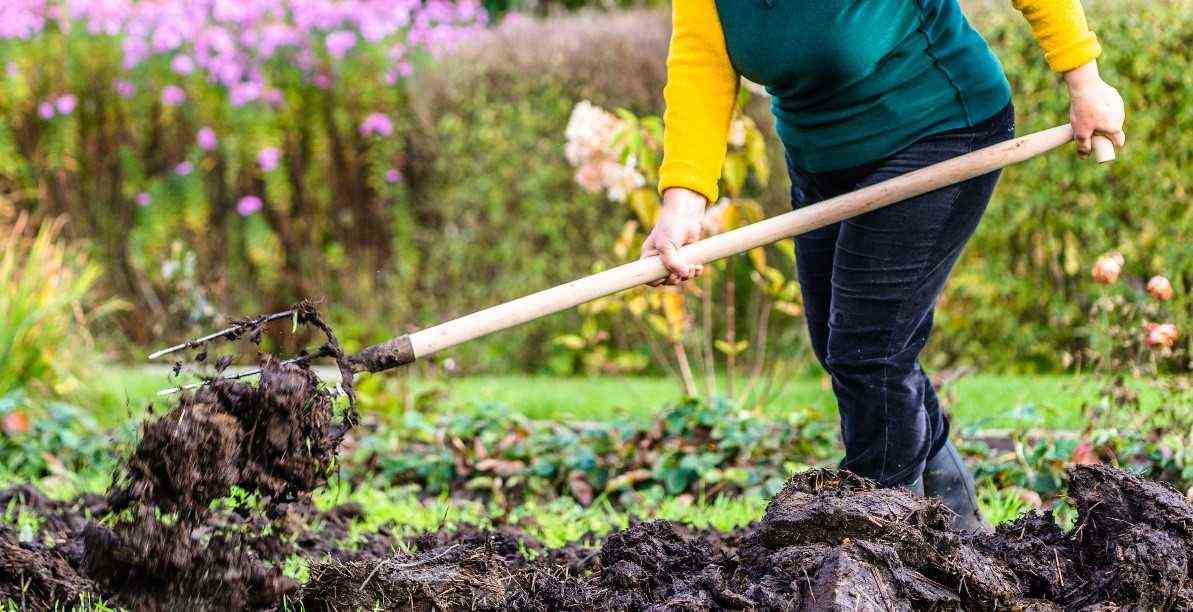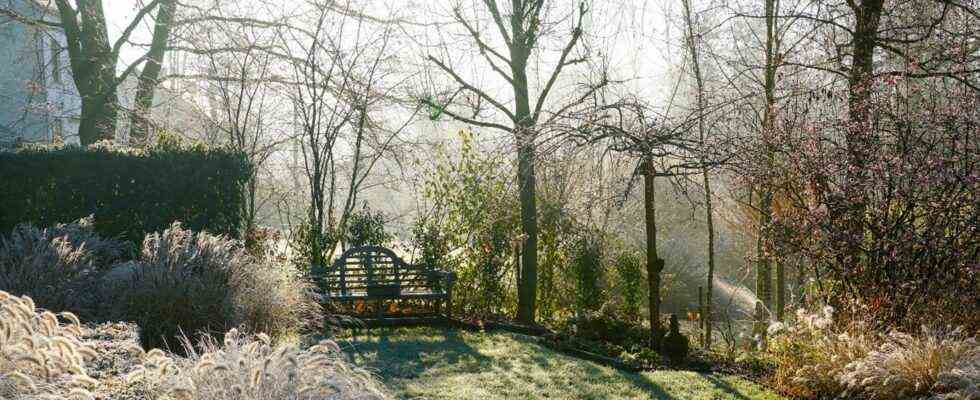Harvesting the last vegetables
In any plots where crops have prevented green seeding, get to work. The last harvests await you. Cut the plants off at their base, and leave the roots in the soil. As they decompose, they will add nitrogen to the soil and the Fabaceae and legumes will appreciate it. Beans for example will be more beautiful.
Some very resistant species, which develop in autumn still give vegetables. This is the case with carrots, winter salads, beets, cucurbits, sorrel… Harvest them before frost! Cabbages, bulb vegetables or salads can stay in the ground if you protect them, under a plastic tunnel or in a greenhouse.
The great fall clean-up

While interior cleaning is traditionally done in the spring, the exterior cleaning is usually done in the fall. Remove all the dead leaves that invade the vegetable patch, but also the garden. Cut the plants which are victims of the first frosts or which are dead. Weed the soil and clean your vegetable patches. Put all this organic waste in the compost or in a pile in a small corner of the garden. You will use them to nourish the earth during the winter. It will be perfect thereafter to accommodate your late winter and spring seedlings. Do not forget to drain and protect your water inlets from freezing.
Decompact the soil before the onset of cold weather
If you have a clayey and heavy soil, decompact it during the fall, before mulching your soil, which allows you to keep a flexible soil afterwards. In this period, it is easier, because you do not risk to unstructure it as it could be the case in March or April. Once the earth is perfectly clean, arm yourself with a grelinette or a spade fork and aerate your soil. No need to work in depth, twenty centimeters is sufficient.
Feed the earth

You are now going to add organic matter, in particular the already ripe compost. Spread it in a thick enough layer on the ground to fertilize the soil by nourishing it. You thus promote the development of essential auxiliaries and microorganisms. Throughout the winter, maintain your compost with your food waste in addition to the green waste that you have already collected.
This operation is carried out even if you have acquired the habit of practicing crop rotation which preserves the quality of the soil. Subsequently, you can supplement this intake in the spring for the most greedy crops such as squash. Consider dehydrated pelletized manure or well-rotted manure if you don’t have enough ripe compost.
Ripe or semi-ripe compost is simply placed on the ground and quickly scratched. You don’t put it in depth. It actually feeds the living things that live in your soil. They know perfectly well how to find organic matter. You outsource the tillage to them and you boost its fertility… and all that, naturally!
Straw your soil
Once the other steps are complete, it is time to move on to mulching the soil. Usually this business lasts a few weeks, until mid-December. The objective is twofold: to create a favorable climate for the work of living beings and to protect the earth from leaching, frost, rain and weeds. It thus retains all of its minerals.
Straw, last mowing of the lawn, dead leaves, vegetable crop residues (without diseases of course!), Sawdust… Everything you have on hand will be necessary for mulching. If you don’t have any of that, think cardboard, the aesthetic won’t be there, but it will be better than nothing.

